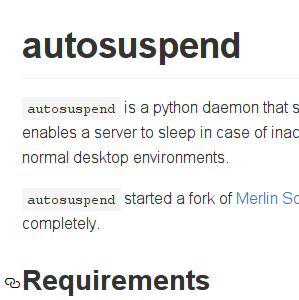On writing useful (unit) tests
Throughout the years I have seen a lot of people struggling with writing useful and readable test cases. And I have also seen a lot of existing test code that has more resemblance with a bowl of spaghetti than it helps ensuring software quality. While some say that writing tests at all is better than not having automated tests, well-structured test code is vital to achieving most of the benefits claimed by the TDD community. As structuring tests seems to be a real problem for many, this post collects some personal advices on how to create a clean test code base that helps beyond technically checking program correctness. Table of contentsThe benefits of well-structured testsTests are a means of communicationTests as a tool for debuggingPreconditions for good testsAbstractionDependency injectionGuidelines for writing test casesVerify one aspect per test caseUse test case names to express readable requirementsTest your business, not someone else’sClarify requirements with syntax and features, don’t dilute themWhat to test and what not to testHow to provide test doubles: stubs and mocksConclusionBibliography The benefits of well-structured testsWhy does the structure of test code actually matter? Why should one bother with achieving clean test cases if a convoluted test function in the end verifies the same aspects of the code? There are (at least) two good reasons that explain why investing work in the structure of test cases is important. Note: This blog post focuses on techniques regarding tests that are written in a typical general-purpose programming language with tools such as xUnit-like frameworks. This usually isn’t the case only for unit tests. Also higher levels in the testing pyramid are often realized this way and the general recommendations given here are also applicable on this level. I do not specifically address tests realized using other, more declarative formalisms such as BDD-style testing. Still, some things probably apply there as well. Tests are a means of communicationAlthough reliably verifying that code performs and continues to perform the intended function is probably the primary reason for writing automated tests, well-structured tests can serve more purposes for developers, most of them boiling down to communication. The disputable Uncle Bob Martin has coined a famous quote in this regard: Indeed, the ratio of time spent reading versus writing is well over 10:1. We are constantly reading old code as part of the effort to write new code. … so making it easy to read makes it easier to write. — [Martin2009] p. 14...








